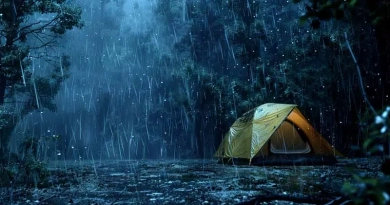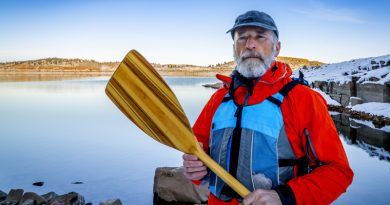
What are the best methods for signaling for help?
Lost in the Wilderness: Finding Help Through Signs and Signals
In the quiet solitude of the woods, the gentle rustle of leaves and the distant call of a woodpecker were my only companions. Up until that point, the trail vanished beneath my feet and vanished into the surrounding landscape. Panic didn’t set in immediately—it crept up, slow and insidious, like fog rolling in at dusk. It was then I found myself grappling with the urgent need for rescue, pondering deeply, “What are the best methods for signaling for help?”
The Challenge of Being Found
When you find yourself lost in vast, uncharted wilderness, the isolation can be overwhelming. You become a mere speck, a ‘needle in nature’s haystack’. The environment poses unique challenges—dense canopies of foliage filter out light and obscure any signals sent from the ground, making aerial rescue efforts particularly challenging. Rugged terrain, with its valleys and peaks, distorts and absorbs sounds, making it difficult for any auditory signals you send to carry effectively. Distance plays its own cruel part, as even the brightest, most visible signals can diminish into insignificance against the vastness of the natural landscape. This blend of factors creates a complex puzzle for anyone trying to signal for help.
Unraveling the Tapestry of Rescue Signals
Rescue signaling is an art form that has developed over countless generations, incorporating both ancient wisdom and modern technology. It’s a dynamic tapestry woven from necessity, each method bearing its own strengths depending on the environment and resources available.
Visual Signals: The instinct to use visual signals stems from our most primal instincts for survival. By night, the glow of a fire can serve as a beacon for miles, cutting through the darkness. During the day, smoke signals—enhanced by adding green vegetation to the fire to produce thick, visible smoke—serve a similar purpose. The use of mirrors or other reflective items to catch and direct sunlight is another age-old method. These signals, however, depend heavily on clear skies and unobstructed lines of sight to be effective.
Auditory Calls: In terms of sound, few tools are as simple yet effective as a whistle. Its sharp, piercing blast cuts through ambient noise and can travel farther than the human voice. The universally recognized distress signal—three sharp blasts—can be a lifeline. Without a whistle, making noise by striking rocks or sticks together rhythmically can also act as a signal, though the effectiveness of this method is highly dependent on the topography.
Electronic Beacons: In our digital age, the sophistication of rescue technologies has grown exponentially. Personal Locator Beacons (PLBs) and satellite messengers are designed to cut through the limitations posed by natural barriers. By sending an SOS signal complete with GPS coordinates directly to rescue agencies, these devices offer a direct line to salvation, albeit at a cost. Their reliability in remote areas makes them invaluable assets for modern adventurers.
Implementing the Best Solution
The key to effective rescue signaling lies in preparation and the strategic use of these methods. Before any wilderness adventure, it’s critical to inform someone of your planned route and expected return. This basic precaution can drastically improve your chances of being found. A survival kit tailored for signaling should include items like a whistle, a signal mirror, a powerful flashlight, and, ideally, a PLB or satellite messenger.
When lost, priorities shift to maintaining visibility and audibility. During daylight, strategically use mirrors or reflective materials to catch the attention of aircraft or distant searchers. A whistle becomes an essential tool, used regularly to send auditory signals. At night, securing a clearing for a fire not only provides warmth but also serves as a vital visual signal with the potential to guide rescuers to your location.
Navigating through these methods requires a blend of wisdom, preparation, and the will to persevere. Each tool and tactic provides a thread in the broader fabric of survival signaling, creating a mosaic of hope for those lost in the wilderness.
Essential Tools for Effective Signaling
- Whistle: Loud, lightweight, and life-saving.
- Signal Mirror: Compact, uses sunlight to catch attention from afar.
- PLB or Satellite Messenger: For pinpoint GPS signaling.
- Flashlight or Strobe Light: Effective at night for attracting attention.
- Fire-starting Kit: Ensures you can start a fire under most conditions.
Concluding the Call for Help
As I reflect back on that day, lost amidst the towering trees, it was the combination of these strategies that heralded my rescue. My gloom turned into relief when a passing helicopter responded to the urgent smoke signals rising into the clear sky. This experience not only taught me the importance of proper signaling but also reminded me of our perpetual interplay with nature—sometimes as admirers, and sometimes, as humble seekers of its mercy.
In the end, being well-prepared with knowledge and the right tools can mean the difference between a night spent under the stars and a dangerous ordeal. Always remember: when venturing into the great outdoors, take your signals seriously—they could very well save your life.






